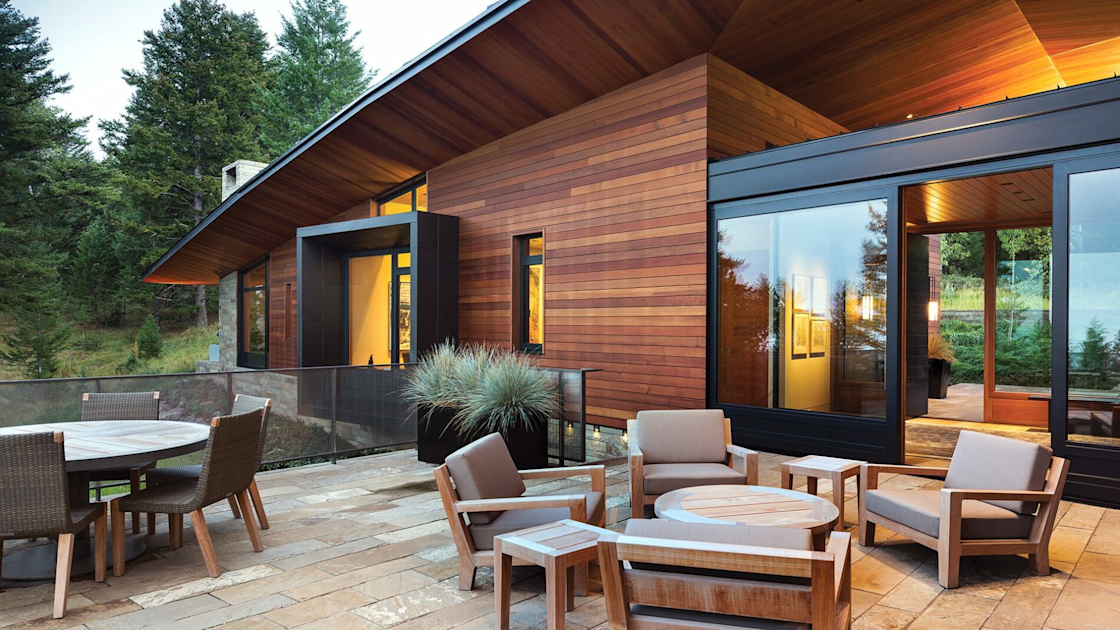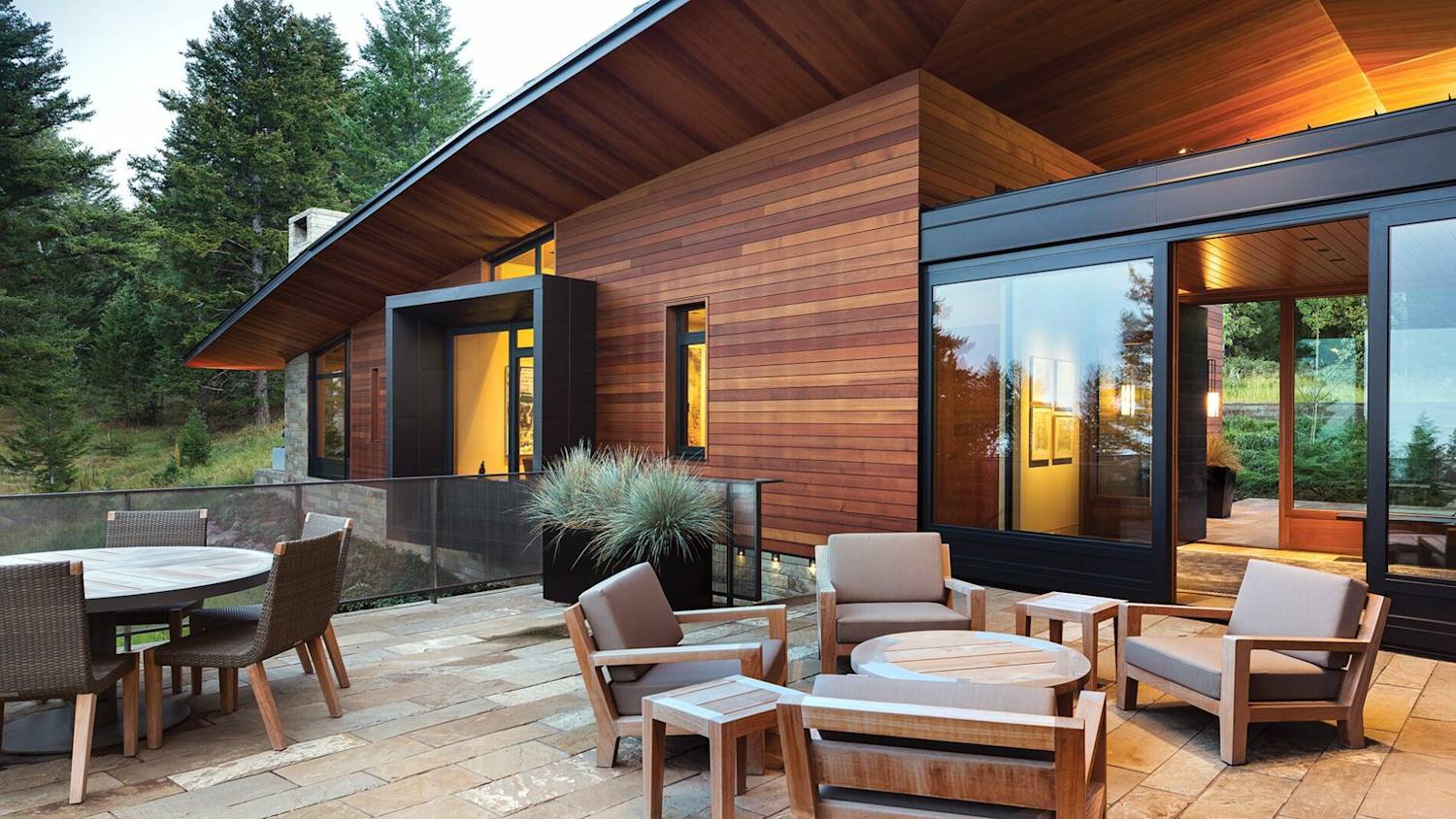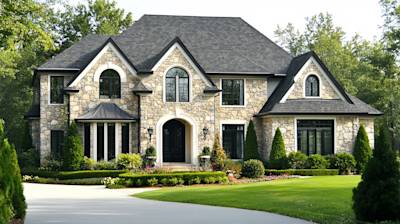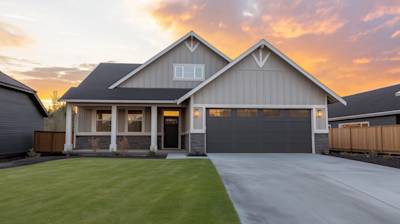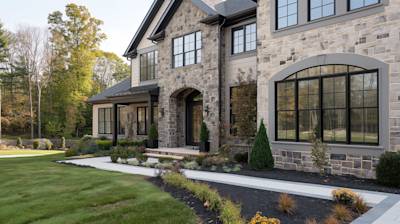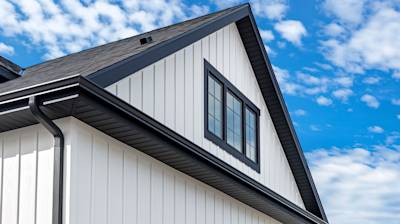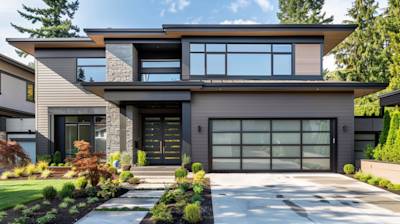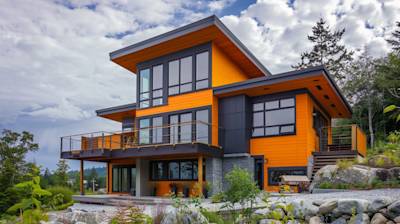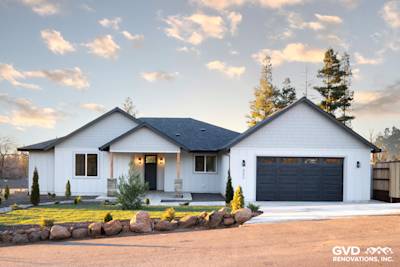Wood siding has been an architectural staple for centuries mainly due to its natural beauty, versatility, and durability. It's an excellent choice for home exteriors and offers a sustainable option that can increase your home's value. However, with several wood siding types available, picking the best can be challenging. This detailed guide will give you an in-depth understanding of the different types of wood siding to help you make an informed decision for your home.
Understanding the Distinct Wood Siding Types
When picking the best wood siding types for your home, you should keep in mind various factors such as appearance, durability, maintenance needs, cost, and environmental impact, among others. Let's delve into the different types of wood siding.
Clapboard Siding
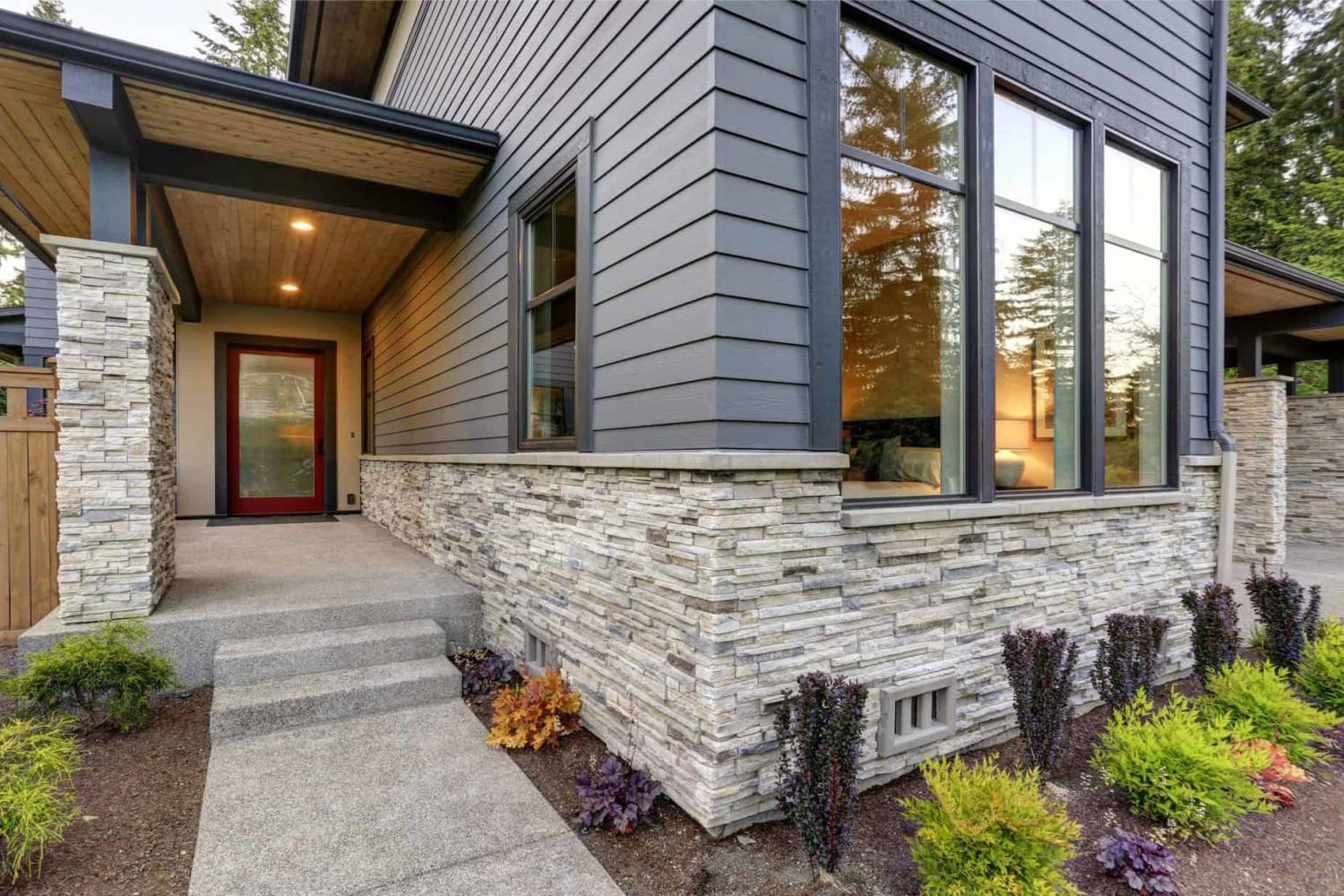
Clapboard or bevel siding is arguably one of the most traditional forms of wood siding. It typically consists of long, narrow boards overlapping each other, creating a distinctive and repeating pattern. Traditionally made from cedar or redwood, clapboard siding offers an old-world charm that effortlessly improves your home's curb appeal.
Shingles and Shakes
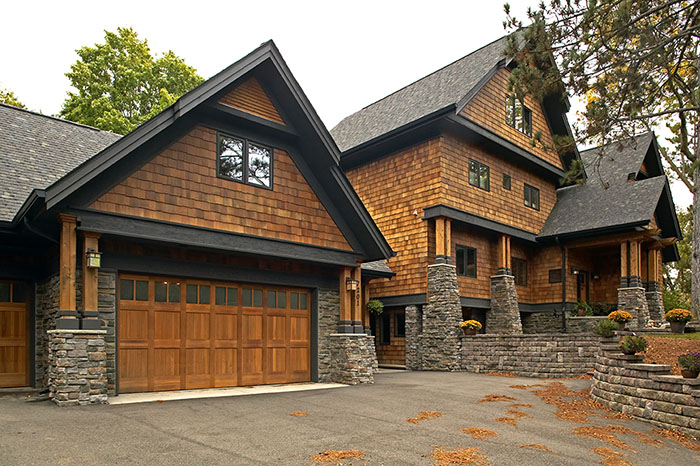
Wood shingles and shakes offer a similar look but are crafted differently. Shingles are machine-cut and sport a smooth, uniform appearance. In contrast, shakes are hand-split, resulting in a more rustic look. Both offer excellent weather resistance and add a touch of classic elegance to any home.
Board and Batten Siding
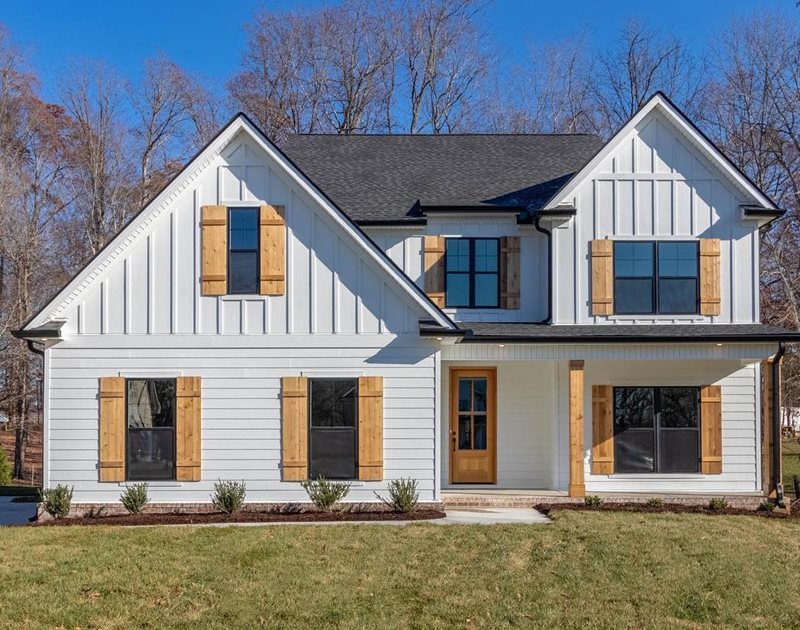
Board and batten siding is a design technique that utilizes alternating wide and narrow wooden strips. The wide boards are installed first, followed by the narrow battens. This style creates distinct vertical lines and shadows for a unique aesthetic appeal, making it a popular choice for homes aiming for a country or farmhouse look.
Tongue and Groove Siding
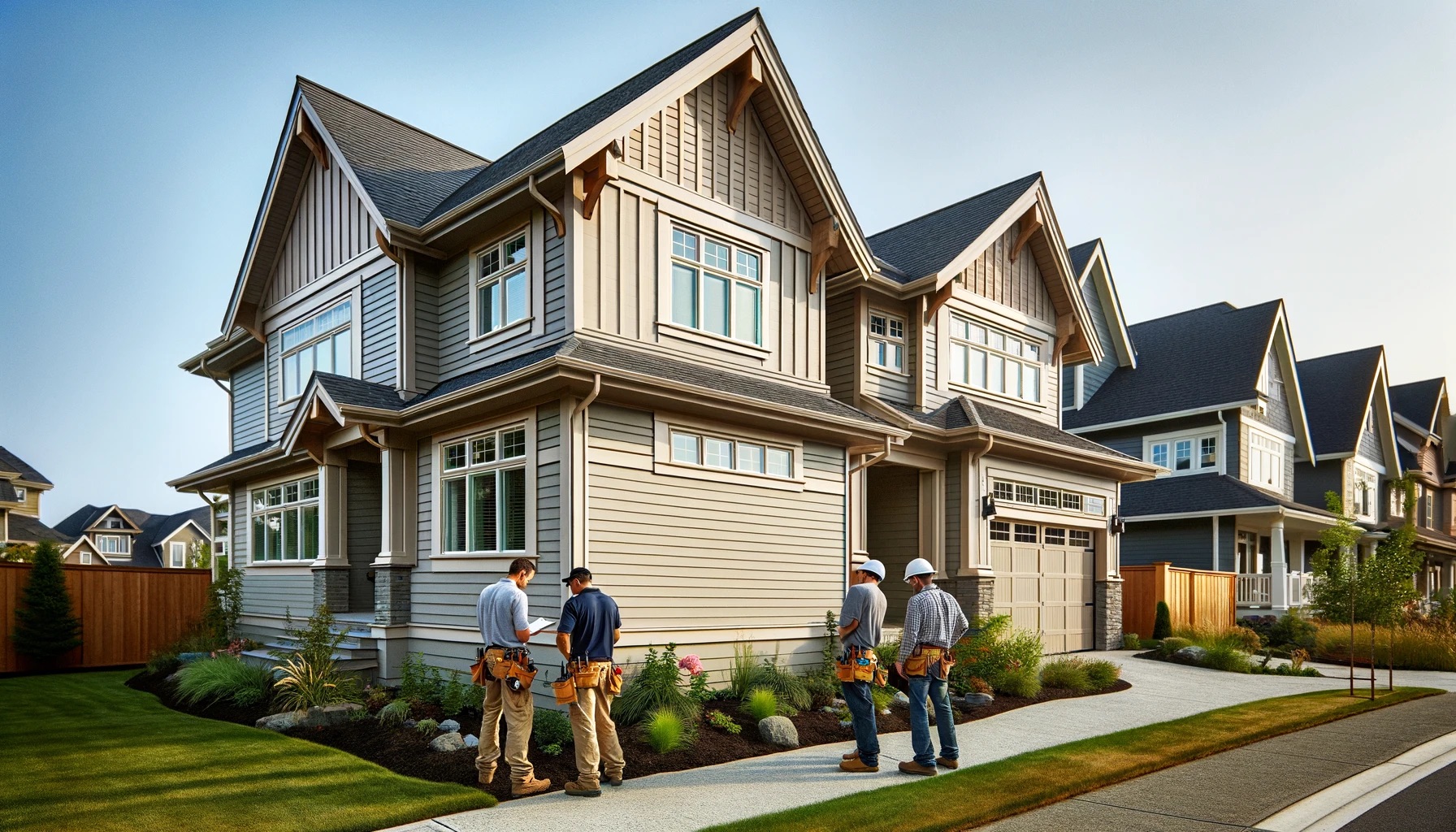
Tongue and groove siding involves fitting wooden boards together edge to edge. The board's 'tongue' fits into the 'groove' of the adjacent board. This provides a sleek, clean look and offers more protection against the elements.
Engineered Wood Siding
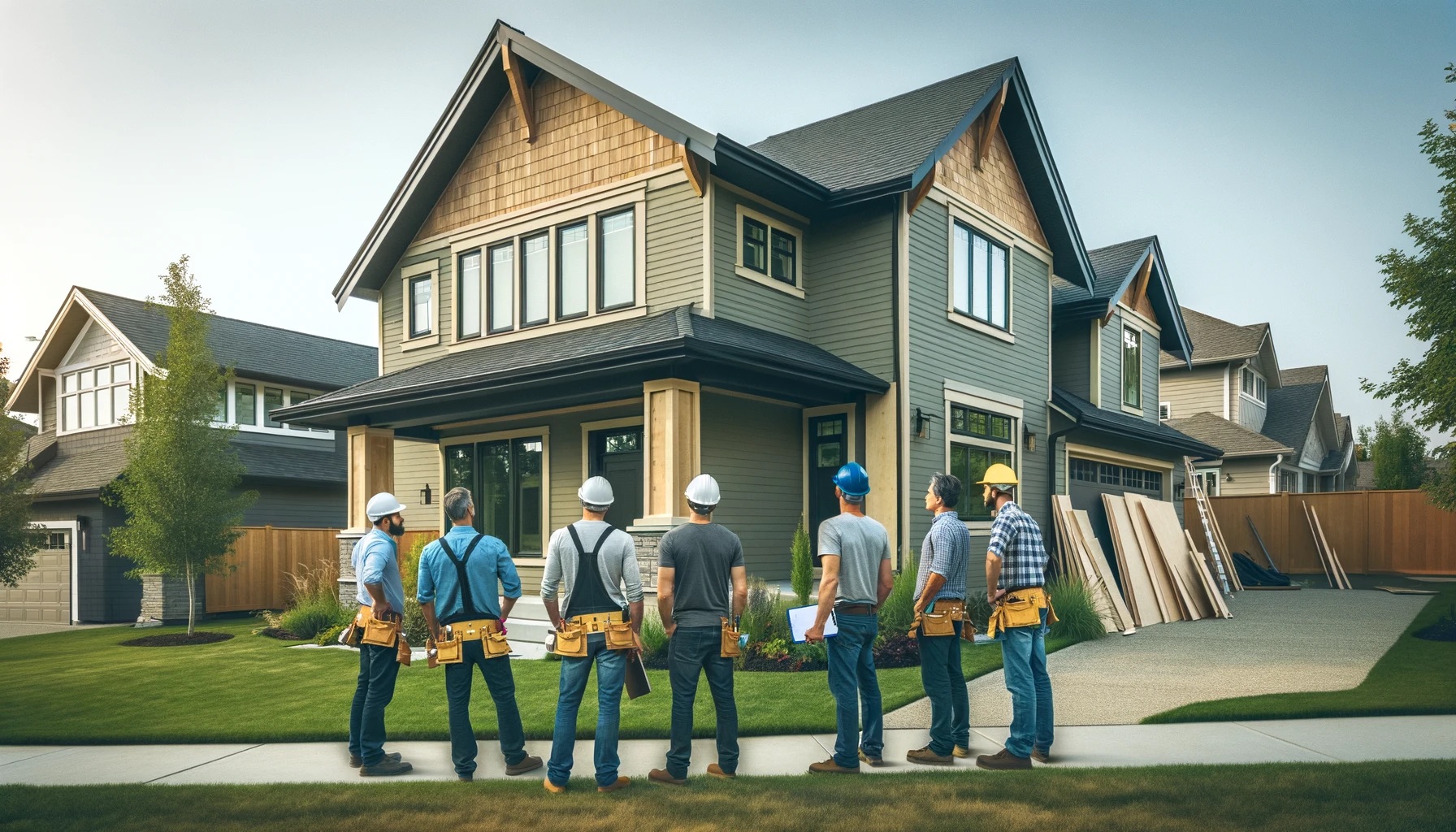
Engineered wood is a modern take on traditional wood siding. It uses wood fibers combined with a resin binder, creating a strong, durable siding. It can mimic traditional wood styles but requires less maintenance and is more resistant to pests and decay.
Wood Species for Siding
Beyond the style, the type of wood used plays a crucial role in the performance of your wood siding. Here's a quick rundown of the most popular wood species used for siding:
- Cedar: Known for its natural durability, resistance to decay, and beautiful color.
- Redwood: Similar to cedar, redwood is highly resistant to decay. Its rich red color can create an eye-catching exterior.
- Pinewood: While not as decay-resistant as cedar or redwood, pine is a more affordable option and readily available.
- Cypress: Highly durable, resistant to insects and decay. Its tight grain makes it a popular choice for siding.
- Spruce: Affordable and easy to work with. Its light color can be stained to fit numerous styles.
Maintenance Tips for Wood Siding
Regardless of the type of wood siding you choose, proper maintenance is essential to ensure its longevity. Here are handy maintenance tips:
- Periodically inspect for signs of damage or decay.
- Regularly clean the siding with mild detergent and water.
- Consider staining or painting to protect the wood from the elements.
- Re-seal your wood siding every few years.
The right type of wood siding can offer a stunning exterior for your home, boost its curb appeal and even increase its value. By understanding the different wood siding types and considering factors like aesthetics, durability, maintenance, and cost, you can choose the perfect wood siding for your home.
Frequently Asked Questions About Wood Siding Types
What differentiates cedar wood siding from other wood types?
Cedar wood siding is popular because of its rich color, attractive grain, and natural resistance to decay, insects, and weather damage. It also has a natural preservative that makes it durable and long-lasting compared to other wood siding types.
What is unique about redwood siding?
Redwood siding is a luxurious choice that is known for its beauty, stability, and resistances to shrinkage and warping. It also has high resistance to weather and insect damage. However, it is more expensive compared to other wood siding types.
Can you tell me more about pine wood siding?
Pine is one of the most affordable wood siding types and is easy to install. It may not be as resistant as cedar or redwood, but it can be treated with preservatives for more durability.
How about spruce and fir wood siding?
Spruce and fir siding options are more affordable than cedar and redwood, and they offer a good balance of affordability and durability. These kinds of wood take paint well but should be regularly maintained to prevent decay and insect damage.
What is engineered wood siding?
Engineered wood siding is a manufactured, highly durable siding product that simulates real wood. It's typically more cost-effective, low maintenance, and resistant to fungal decay and termites. However, it may not provide the same aesthetic appeal as real wood siding types.
Can wood siding be painted or stained?
Yes, wood siding can be either painted or stained. Paint can give you a wide range of colors and increased protection against weather elements, while stain can highlight the natural beauty of the wood and is easier to apply.
What is the best way to maintain wood siding?
Maintenance of wood siding involves regular inspections for signs of damage or decay, cleaning, and occasional refinishing or repainting. Wood siding should also be protected against moisture to prevent damage and prolong its lifespan.
How long does wood siding typically last?
The lifespan of wood siding can vary greatly depending on the type of wood used, the quality of the installation, and the level of care and maintenance it receives. With proper care, most wood siding types can last several decades.
Is wood siding environmentally-friendly?
One of the major advantages of wood siding is that it's a renewable resource, making it more eco-friendly than synthetic siding materials. Many wood siding types are sourced from sustainably managed forests. And at the end of its life, wood siding is biodegradable.
Pros and Cons of Various Wood Siding Types
Pros of Wood Siding
Natural Aesthetics
One of the most significant advantages of wood siding is its natural beauty. The timeless elegance of wood siding adds a layer of sophistication to any home. The varying wood grains, texture, and different shades of color make every wood siding unique. Wood's ability to be carved into intricate designs makes it flexible when achieving the preferred aesthetic.
Variety of Wood Siding Types
There are numerous types of wood siding options, such as:
- Pine
- Cedar
- Spruce
- Fir
- Redwood
- Cypress
This diversity allows homeowners to pick the most suitable wood siding type based on the style, atmosphere, and exteriors of their property.
Flexibility and Versatility
Various patterns and styles like clapboard, shakes, shingles, and board-and-batten are feasible with wood siding. It also offers the ability to repaint and remodel homes quite readily, so homeowners often prefer it for its versatility and flexibility.
Insulation Properties
Wood siding offers robust insulation that can result in substantial energy savings over the lifetime of the house. As a natural insulator, wood can retain heat during winters while keeping the house cool during summers.
Cons of Wood Siding
Maintenance Requirements
While wood siding is undeniably attractive, it requires a significant degree of maintenance to sustain its appearance. The nature of wood makes it susceptible to various environmental factors. Wood siding requires regular inspections for signs of damage and decay, such as:
- Wood Rot
- Mildew
- Mold
- Termites or other pests
Cost
One often overlooked aspect of wood siding types is their cost. Not only is the initial installation potentially expensive, but considering the maintenance and possible repair costs, wood siding can become a significant investment for homeowners.
Flammability
Most types of wood siding possess a higher fire risk compared to their siding counterparts like metal and vinyl. This factor makes it a less suitable option for areas prone to wildfires.
Pros and Cons of Specific Wood Siding Types
Cedar Wood Siding
Among the various wood siding types, cedar siding is particularly popular due to its excellent properties.
Pros
- Durability: Cedar siding is naturally resistant to decay and insects, meaning it can last a long time with appropriate maintenance.
- Insulation: As previously mentioned, wood is a natural insulator. Cedar, in particular, does an excellent job at stopping heat transfer, a significant advantage in terms of energy efficiency.
Cons
- High Maintenance: Despite its durability, cedar siding still requires regular maintenance to prevent water damage and rot.
- Price: Cedar siding is considerably more expensive compared to other wood siding types. This cost can be a drawback for homeowners on a budget.
Pine Wood Siding
Pine is another common wood siding option, and like cedar, it has its unique set of advantages and disadvantages.
Pros
- Affordability: Amongst the various wood siding types, pine is usually the most affordable option, making it a popular choice for homeowners.
- Appearance: Pine can be easily stained to display the beautiful natural grain of the wood, enhancing the overall aesthetic of the property.
Cons
- Durability: Compared to cedar, pine is less durable and more susceptible to rot and pests. As a result, it tends to have a shorter lifespan, even with proper maintenance.
- Maintenance: Pine siding requires heavy maintenance to upkeep its appearance and prevent damage. This high maintenance requirement tends to outweigh the initial cost advantage for some homeowners.
Thus, it can be concluded that while wood siding offers a vast array of aesthetic and functional benefits, it must be duly noted that they require more maintenance and care than most other types of sidings. Moreover, specific types of wood siding, like pine and cedar, come with their unique set of pros and cons, creating a broad spectrum of considerations for homeowners.
Summary
Seeing all these different wood siding types makes it clear there's a perfect match for every home. Every type has its unique charm, be it traditional clapboard, shake or shingle, board, or batten, each adding a different touch to the overall aesthetic. While we gleamed over many choices, remember it's crucial to pick the one that does not only look good but also provides the best protection against the elements for your home.
So, regardless of individual taste or budget constraints, there is a myriad of wood siding types to choose from when considering revamping your home’s exterior. Each type of siding has its specific maintenance needs, longevity, and installation details to consider. Ultimately, whatever type you choose, the timeless appeal of wood will invariably add a touch of grace and character to your beloved home.
Taking everything into account, the fun part is that there's no one-size-fits-all solution with wood siding types. Depending on your climate, budget, and style preference, you can pick and choose the one that best accentuates your home’s design. The quest for your perfect siding type may seem daunting, but remember that each type holds the potential to transform the appearance of your home beautifully.
About GVD Renovations & Remodeling
Welcome to the world of GVD Renovations & Remodeling! As a Sacramento, CA-based company, we take pride in transforming houses into dream homes. Fueled by our passion for innovation and excellence, we specialize in full-scale renovation and remodeling projects. Our talented team is banking on years of experience and exceptional craftsmanship to deliver an amazing home remodeling experience for our clients. Be it kitchen or bathroom remodels, siding or window installation, we've got it covered.
Tags: wood siding, types, home renovation,



